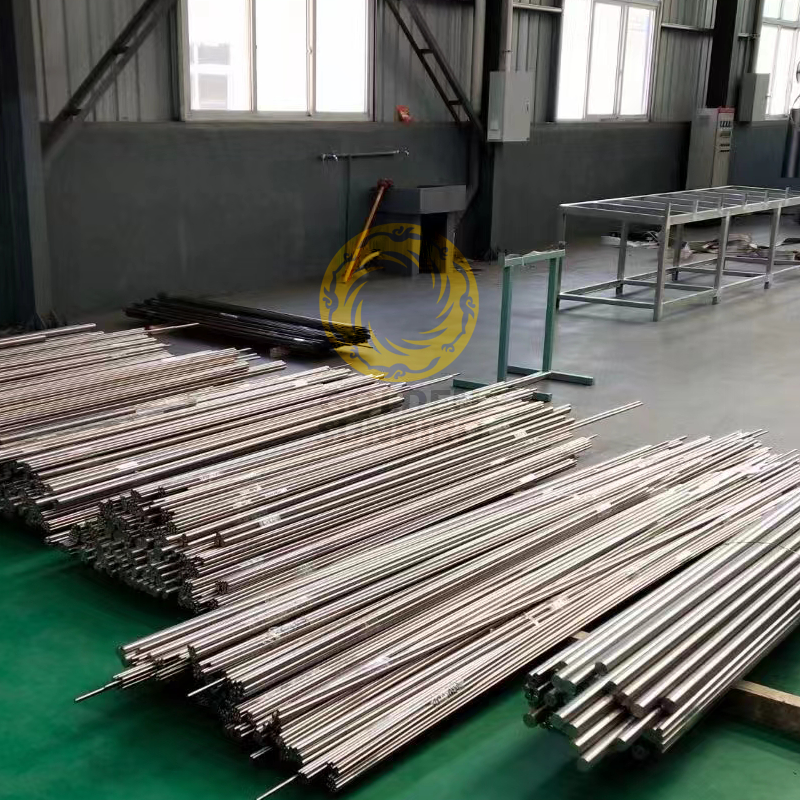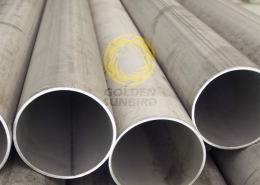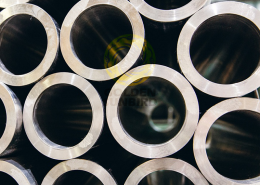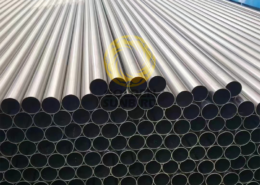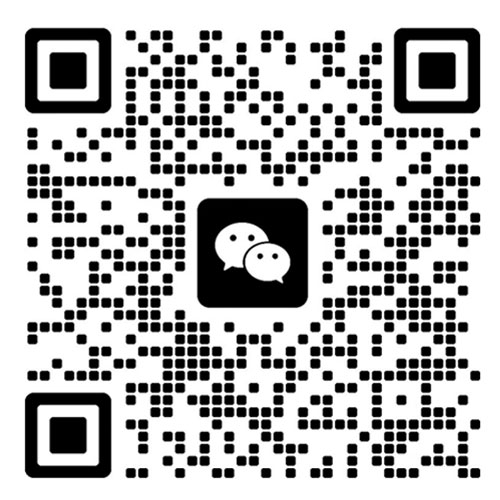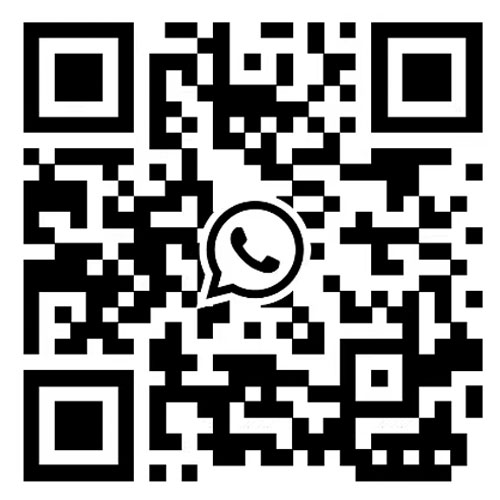ASTM B884 Niobium-Titanium Alloy Billets, Bar, and Rod
- Grade: NbTi47/Nb-47Ti, NbTi55/Nb-55Ti
- Superconductivity
- Critical Magnetic Field (Hc)
- Critical Current Density (Jc)
- Ductility and Malleability
- Bar Dia.: ∅10 – 60mm
- Rod Dia.: ∅60 – 150mm
- Billet Dia.: ∅150 – 200mm
Features
ASTM B884 Niobium-Titanium Alloy Bar, Billets, and Rod for Superconducting Applications
NbTi47 Niobium-Titanium alloy Bar and Rod Chemical Composition (wt.%)
| Chemical Requirements for NbTi47 Niobium-Titanium Alloy Element Content, Ingot Maximum Limit (ppm) | |||||||||||
| Grade | Al, max | C, max | Cr, max | Cu, max | H, max | Fe, max | Ni, max | O, max | Si, max | Ta, max | Ti, max |
| NbTi47 | 100 | 200 | 100 | 100 | 45 | 200 | 100 | 1000 | 100 | 2500 | 46% – 48% |
The process of producing NbTi superconductor
Raw Material Preparation: Use niobium sheets, titanium sheets, and alloy mixed powders as raw materials.
Melting: To create an alloy ingot, the raw materials are melted multiple times in a vacuum self-consumption arc or electron beam furnace.
Billeting: Perform hot extrusion or hot forging on the alloy ingot for billeting.
Forging and Rolling: Forge and roll the billeted material into rods.
Heat Treatment: Heat treats the rods to optimize their microstructure and properties.
Assembly: Assemble the heat-treated rods with oxygen-free copper into a sealed sheath.
Extrusion and Cold Working: To achieve the desired wire diameter, subject the assembly to multiple extrusions and cold working processes.
Further Heat Treatment: Heat treat the processed wire to optimize its properties further.
Final Processing: Transform the NbTi-Cu-CuNi wire into different sizes of twisted cables, braided tapes, hollow conductors, etc.
Final Product: The end product is a directly usable NbTi-Cu-CuNi multi-core fine wire composite superconductor.
Key Features
Superconductivity: NbTi47 exhibits superconductivity at cryogenic temperatures, meaning it conducts electricity with zero resistance below its critical temperature (Tc). The Tc of NbTi47 is around 9.2 Kelvin (-263.95 °C).
Critical Magnetic Field (Hc): NbTi47 can withstand relatively high magnetic fields while remaining superconducting. Its critical magnetic field is around 12 Tesla, making it suitable for applications requiring strong magnetic fields.
Critical Current Density (Jc): NbTi47 boasts a high critical current density, meaning it can carry large amounts of electrical current without losing its superconducting state. This property makes it suitable for high-power applications.
Ductility and Malleability: NbTi47 is ductile and malleable, allowing it to be easily drawn into wires or formed into different shapes, which is crucial for practical applications.
Technical Specifications
| Specification | Value |
| Standard | ASTM B884 Niobium-Titanium Alloy Bar |
| Grade | NbTi47/Nb-47Ti, NbTi55/Nb-55Ti |
| Condition | Soft annealed condition (+A) |
| Type | Bar, Rod, Billet |
| Dimension | Bar diameter: 13 – 60mm Rod diameter: 60 – 150mm Billet diameter: 150 – 200mm |
| Coating | Copper Coating, Nickel Coating, Silver Coating, Titanium Nitride (TiN) Coating, Oxide Coating |
| Inspection Certificate | EN 10204 Type 3.1 (Mill Test Certificate), EN 10204 Type 3.2 (Witness Testing or 3rd Party Inspection) |
| Test | Room / Elevated temperature tension Tests, Chemical Tests |
Packing
Packed in plywood boxes.
Application
MRI Machines: They help create detailed images of the human body.
NMR Spectroscopy: Used in chemical and biological research.
Particle Accelerators: These are like those at CERN for physics experiments.
Fusion Reactors: Help control plasma for potential energy sources.
Maglev Trains: Enable high-speed, frictionless train travel.
Brain Scanners (MEG): Map brain activity by detecting magnetic fields.
Mass Spectrometers: Analyze chemical compounds with precision.
Rocket and Aircraft Parts: Provide strength and heat resistance in critical components.
Cryogenic Equipment: Suitable for very low-temperature applications like liquefied gas storage.
Electronics and Energy Storage: Superconducting magnetic energy storage (SMES) systems.
Quantum Computing: Essential for creating superconducting qubits in quantum computers.
Power Grids: Superconducting Fault Current Limiters (SFCL).
Geophysics and Neuroscience Tools: SQUIDs (Superconducting Quantum Interference Devices).

